Time seems to move differently in certain corners of Eastern Europe, where cobblestone streets and centuries-old architecture remain untouched by modern development. These hidden gems preserve their historical charm so perfectly that entering them feels like a portal to the 1800s.
From remote mountain villages to tucked-away medieval towns, these places hold onto their past with remarkable determination. Let’s explore some remarkable towns where horse-drawn carriages still make more sense than cars and where traditional ways of life continue much as they did generations ago.
Sighisoara, Transylvania Romania
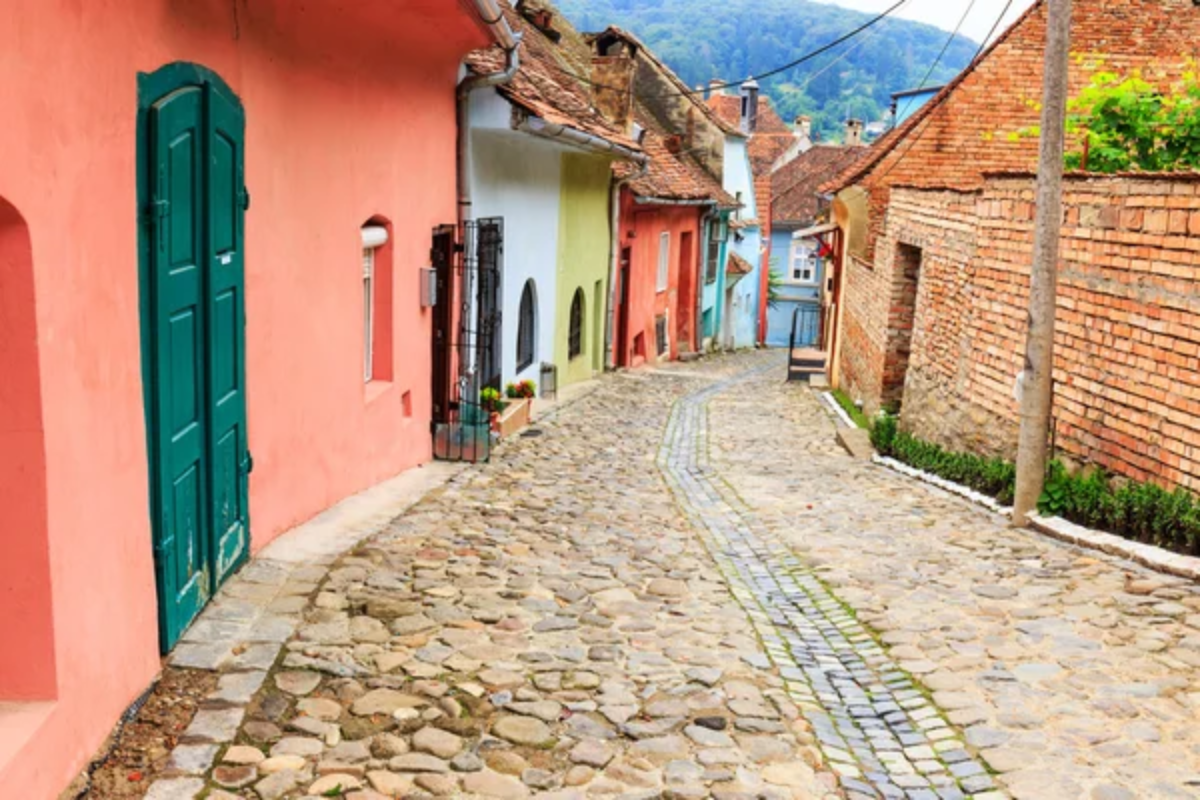
This fortified medieval town sits high in Romania’s Transylvania region, its colorful houses and winding lanes looking exactly as they did two centuries ago. The perfectly preserved 14th-century clock tower still keeps time over the cobblestone streets while local artisans work in the same guild houses their ancestors used.
The entire hilltop citadel feels frozen in time, with its ancient defensive walls and towers standing guard over traditional Romanian daily life. Residents still live and work in buildings that date back to when this was a bustling Saxon trade center.
Holloko, Nograd Hungary
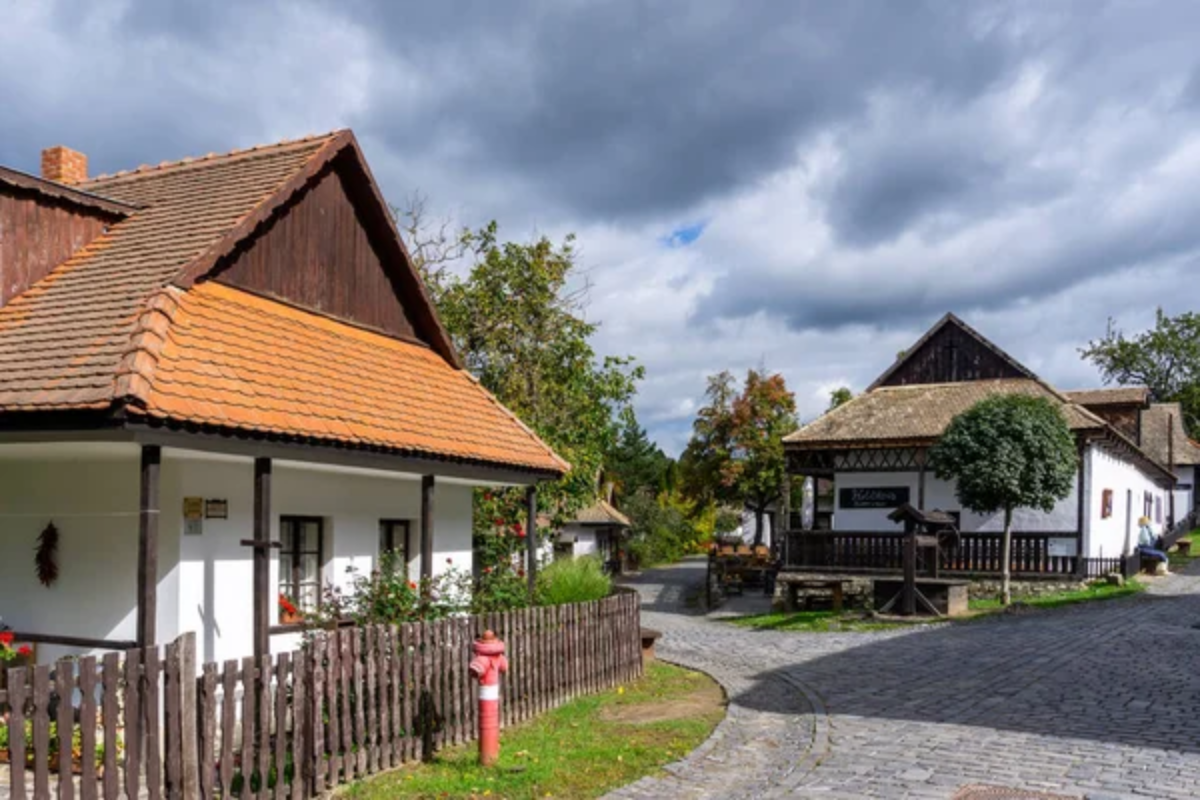
This tiny village in the Cserhat mountains showcases traditional Hungarian folk life in its purest form. The whitewashed houses with dark wooden trim line streets that haven’t changed their layout since Napoleon’s time.
Local women still wear traditional folk dress for everyday activities, not just for tourist photos. The entire village serves as a living museum of Hungarian peasant culture, with residents practicing traditional crafts and farming methods their great-grandparents would recognize.
Like Travel Pug’s content? Follow us on MSN.
Cesky Krumlov, South Bohemia Czech Republic
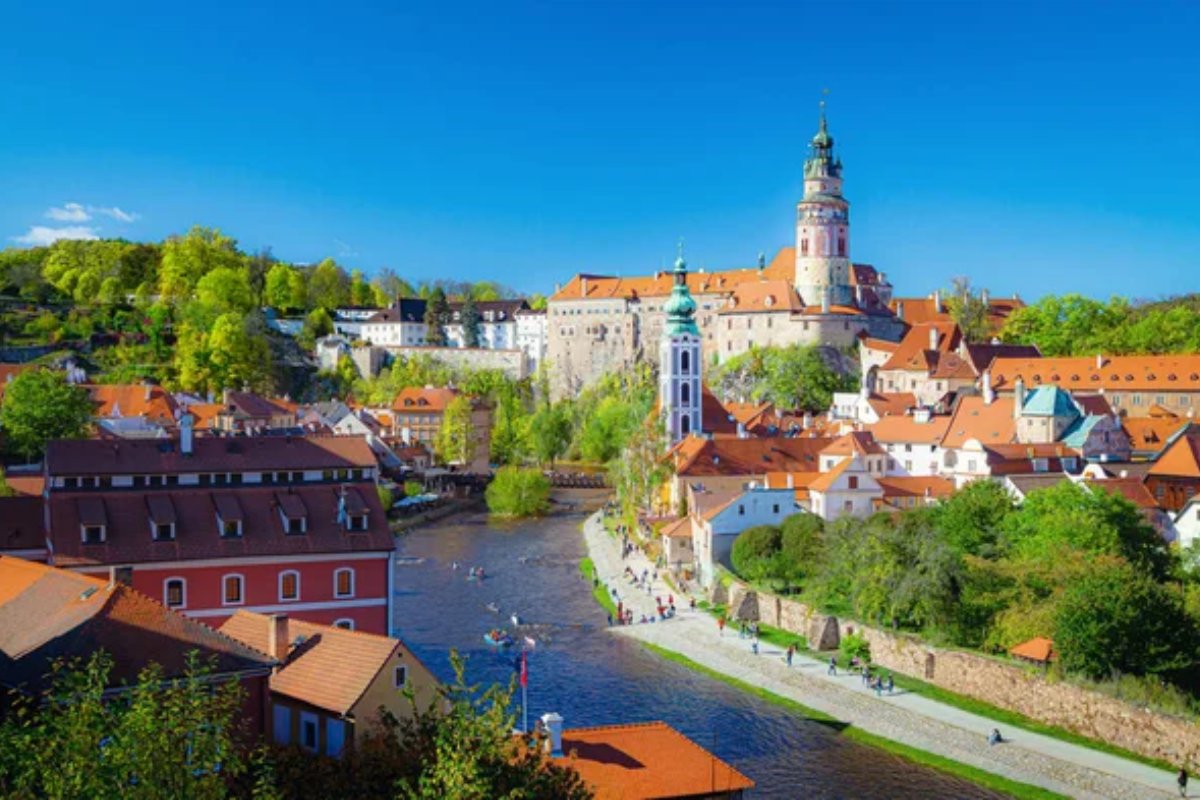
This fairy-tale town curves along the Vltava River like a medieval painting come to life. The massive castle complex towers over narrow cobblestone lanes that wind between buildings dating back to the 14th century.
Local artists still work in studios that once housed medieval artisans, while the town’s layout has remained unchanged since the Renaissance. Time stands still in the town square, where even modern cafes operate from centuries-old buildings with their original features intact.
Veliko Tarnovo, Yantra Bulgaria
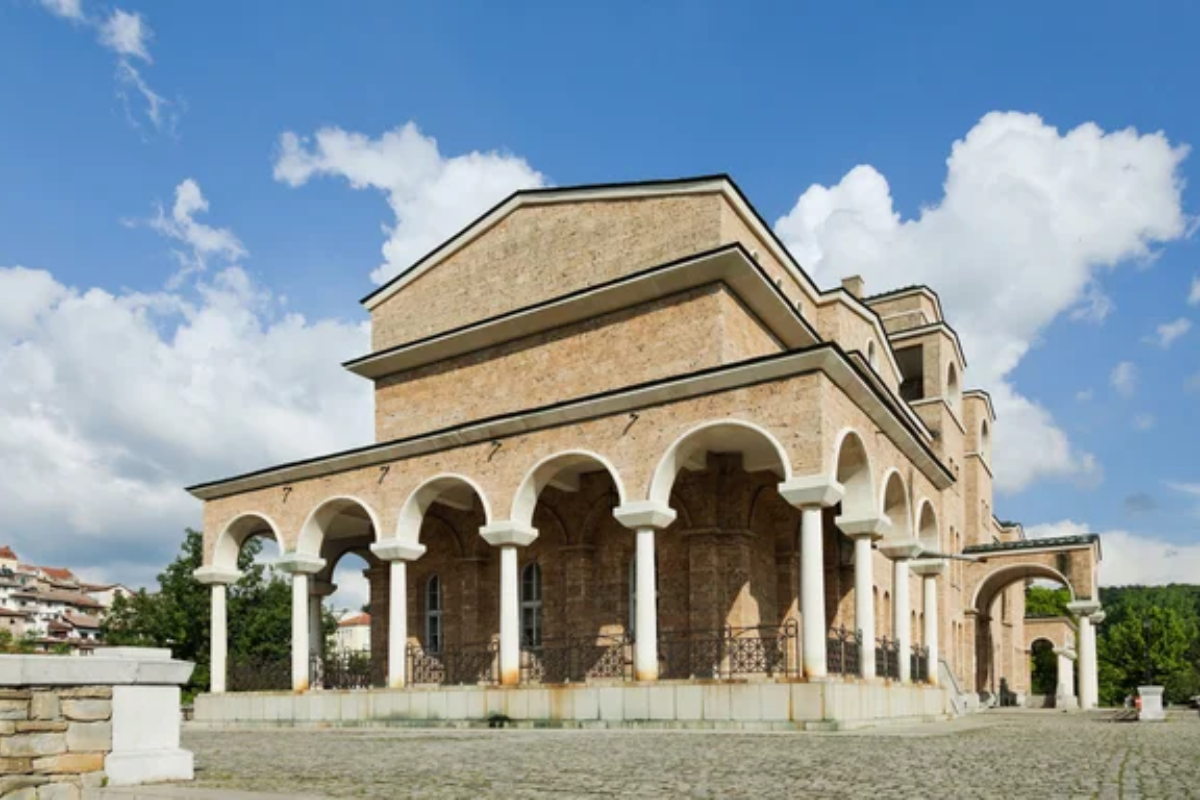
Perched dramatically on three hills above the Yantra River, this former Bulgarian capital looks like it’s been frozen since its imperial days. The medieval fortress walls still dominate the skyline, while the old town’s wooden houses cling to steep hillsides just as they did centuries ago.
Traditional artisans continue working in the old bazaar street, using techniques passed down through generations. The narrow streets of the Varosha quarter preserve the exact atmosphere of a 19th-century Bulgarian merchant town.
Mostar, Herzegovina Bosnia
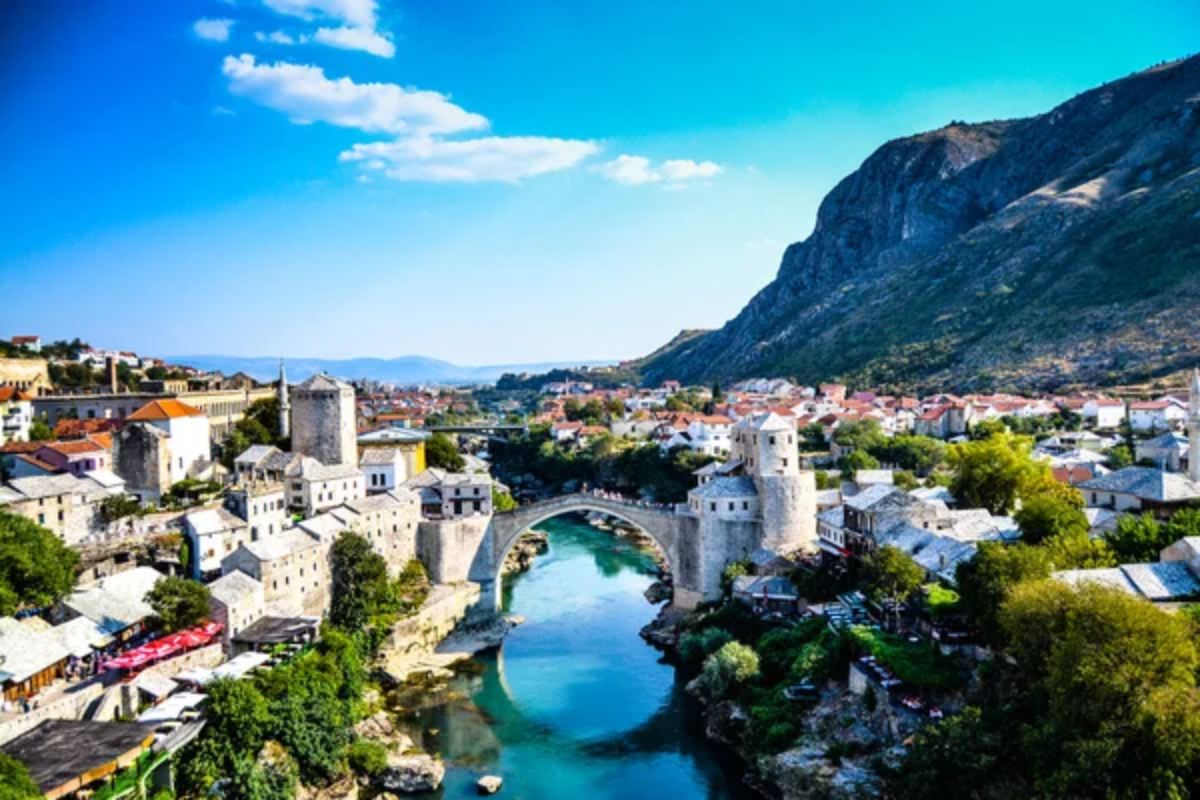
The famous Old Bridge and its surrounding old town perfectly capture the essence of Ottoman-era Bosnia. Ancient stone houses with wooden balconies line narrow streets that climb up from the emerald Neretva River.
Local copper workers still practice their craft in tiny workshops that have operated continuously since the 1800s. The call to prayer echoes through the old town five times daily, just as it has for centuries.
Like Travel Pug’s content? Follow us on MSN.
Telc, Vysocina Czech Republic
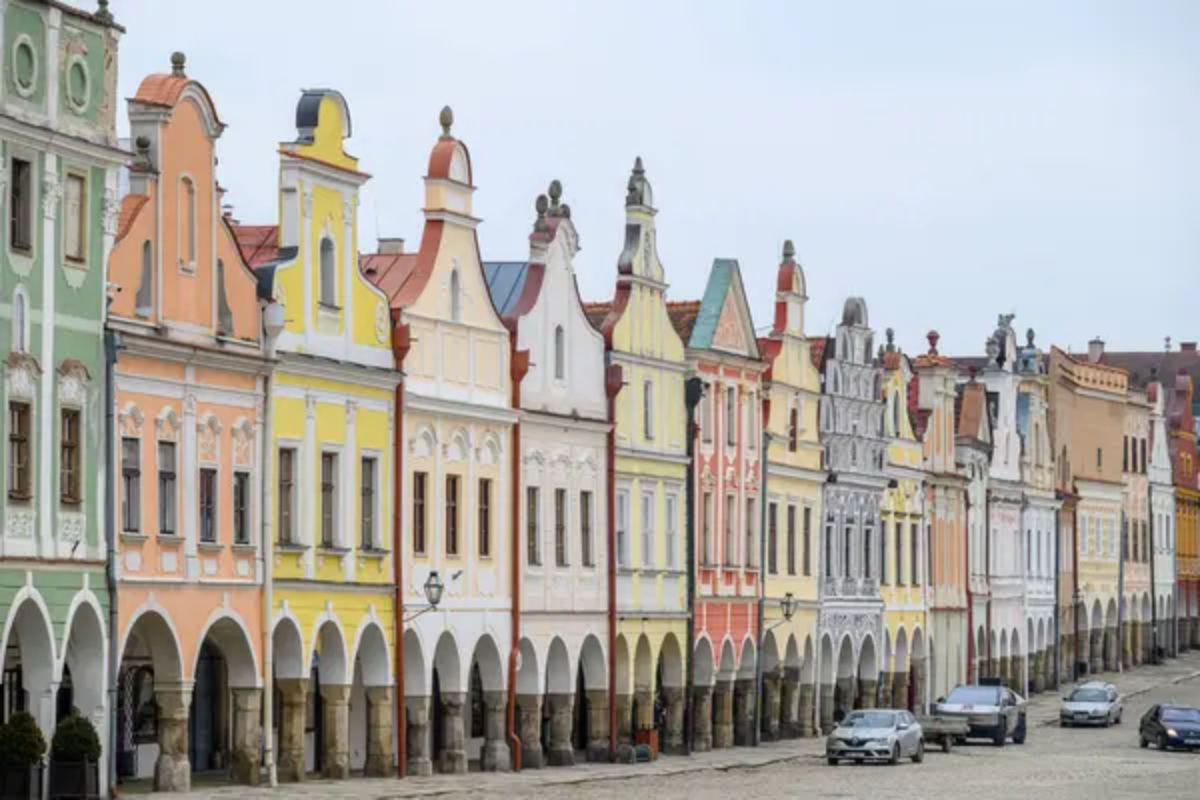
This Renaissance pearl sits on a perfect medieval layout, its main square surrounded by colorful burgher houses that seem painted from a storybook. Each house maintains its original arcade and decorative sgraffito work, looking exactly as it did when wealthy merchants built them.
The peaceful fish ponds surrounding the town still serve their original purpose from centuries ago. Time moves slowly here, where even new businesses operate from buildings that haven’t changed since Mozart’s era.
Koprivshtitsa, Sofia Bulgaria
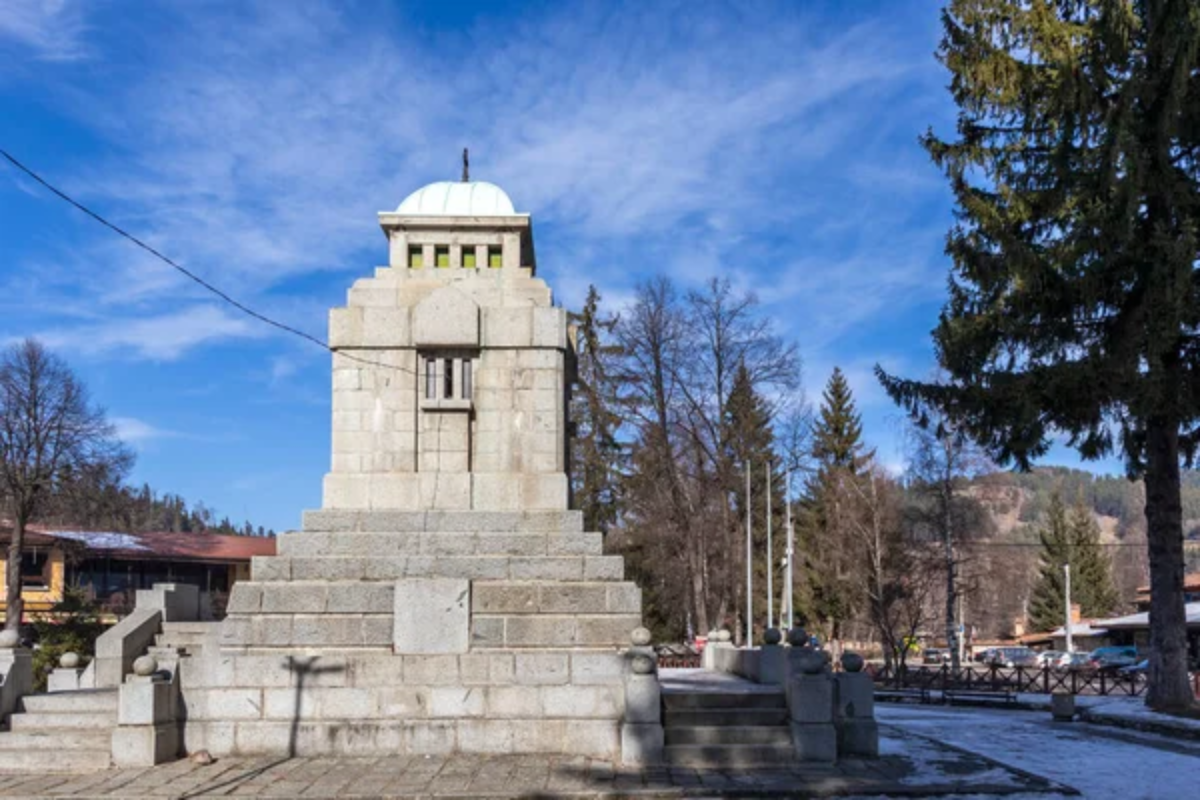
Hidden in the Sredna Gora mountains, this town preserves Bulgarian Revival architecture in its purest form. Bright wooden houses with intricate carvings line streets that have maintained their original cobblestones from the 1800s.
Local families still live in their ancestral homes, maintaining traditional gardens and wooden gates that tell stories of past generations. The town’s remote location has helped it resist modern development, keeping its 19th-century appearance intact.
Eger, Heves Hungary
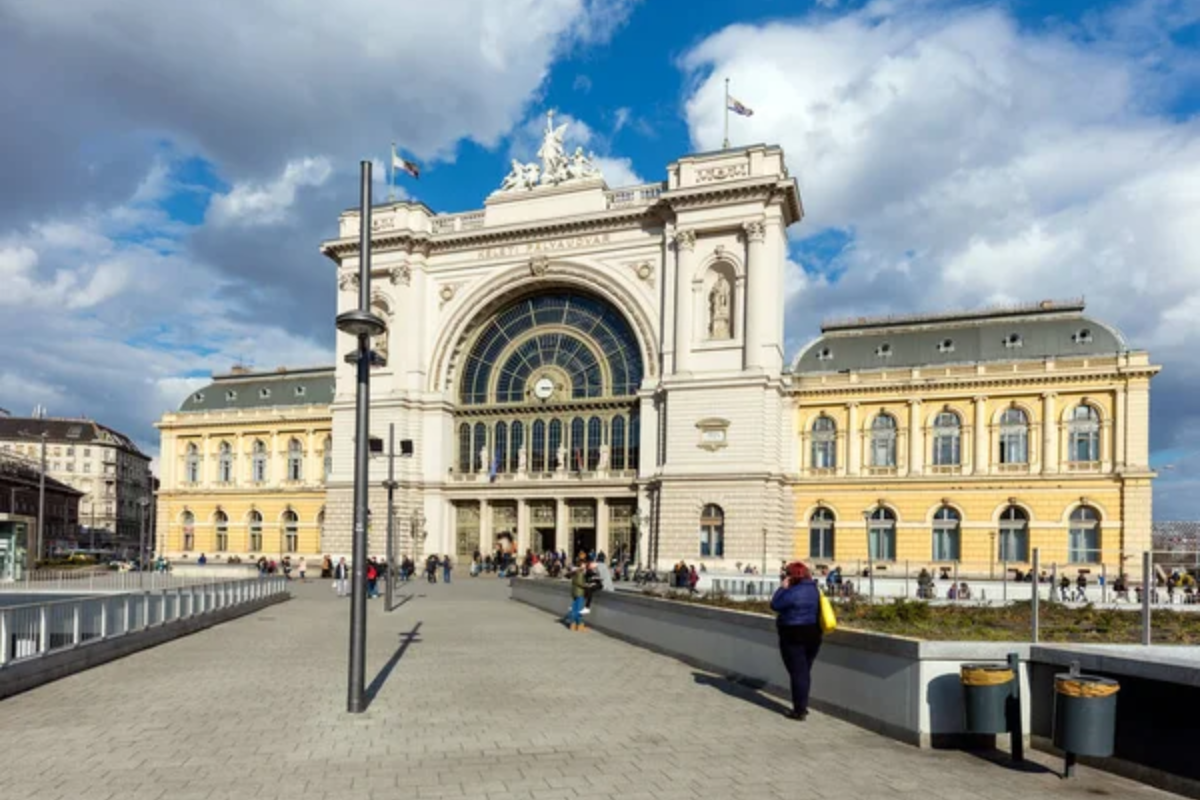
This baroque beauty in northern Hungary maintains its atmosphere from the days of wine merchants and Turkish occupation. The narrow streets of the old town wind between churches and townhouses that haven’t changed in centuries.
The famous wine cellars carved into the nearby hills continue storing vintages as they did generations ago. Local life still centers around the historic market square, where traders gather under the shadow of the medieval castle.
Like Travel Pug’s content? Follow us on MSN.
Sibiu, Transylvania Romania
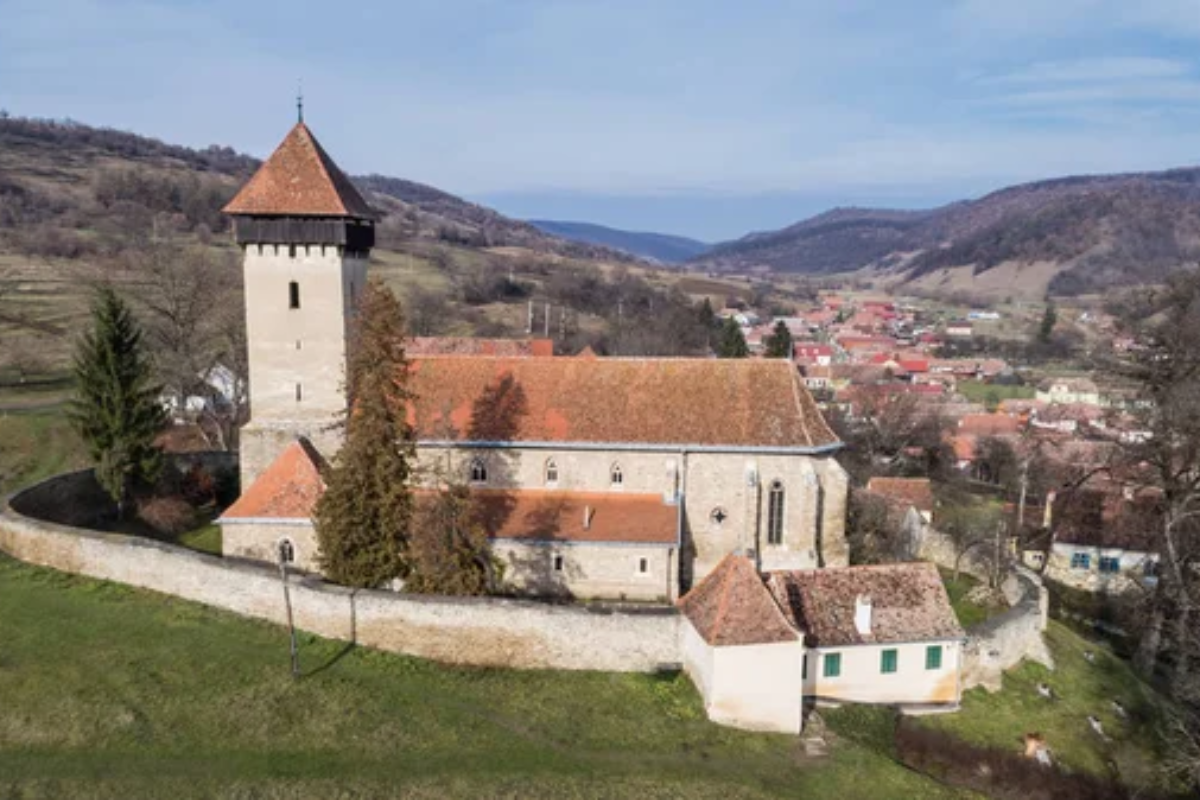
The former capital of Transylvania preserves its medieval Saxon heritage in remarkable detail. Houses with distinctive ‘eye’ windows watch over streets that follow their original medieval plan.
The three historic squares maintain their traditional function as community gathering spaces, hosting markets and festivals just as they did centuries ago. Artisans still work in the lower town’s ancient guild houses, keeping traditional Saxon crafts alive.
Ohrid, North Macedonia
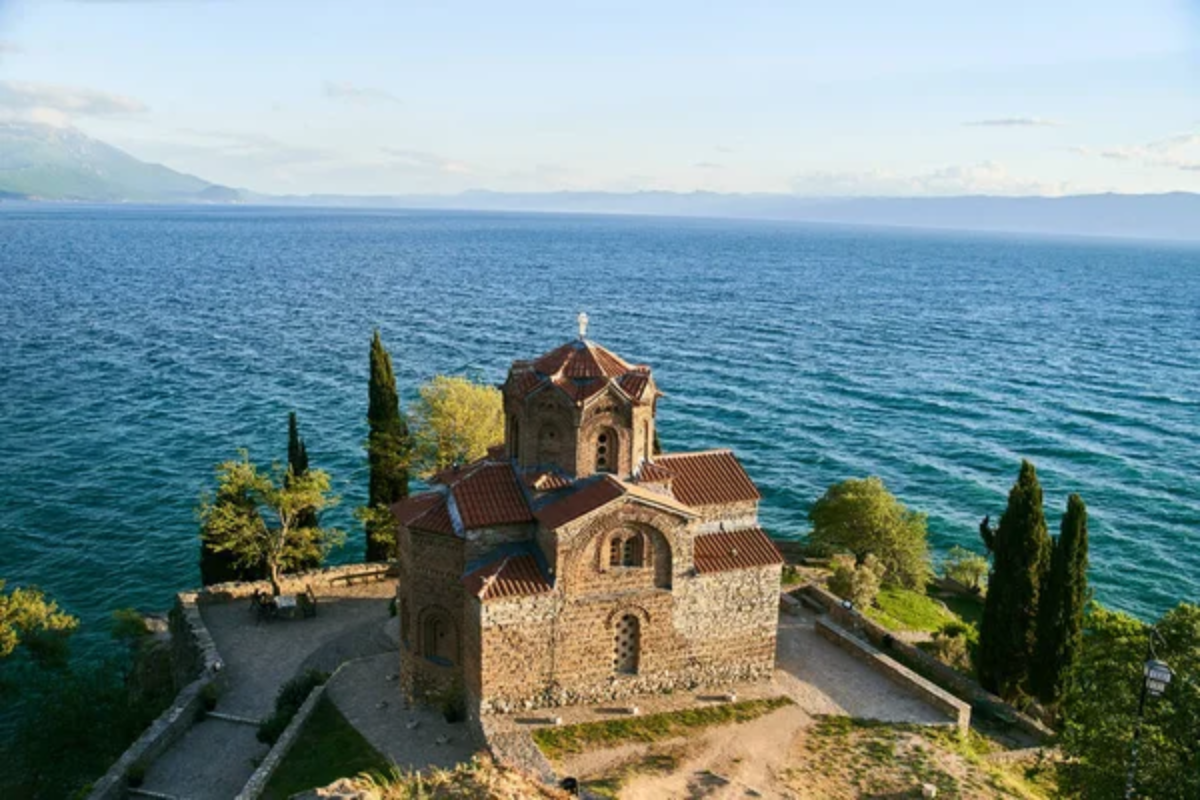
This lakeside town seems suspended in time, with Byzantine churches and Ottoman houses crowding its hillside streets. Ancient walls snake up the hill to a medieval fortress, while narrow lanes preserve their original stone paving.
Fishing boats still dot the crystal-clear lake, using methods passed down through generations. The town’s architecture and layout remain exactly as they appeared in old engravings from the 1800s.
Bardejov, Presov Slovakia
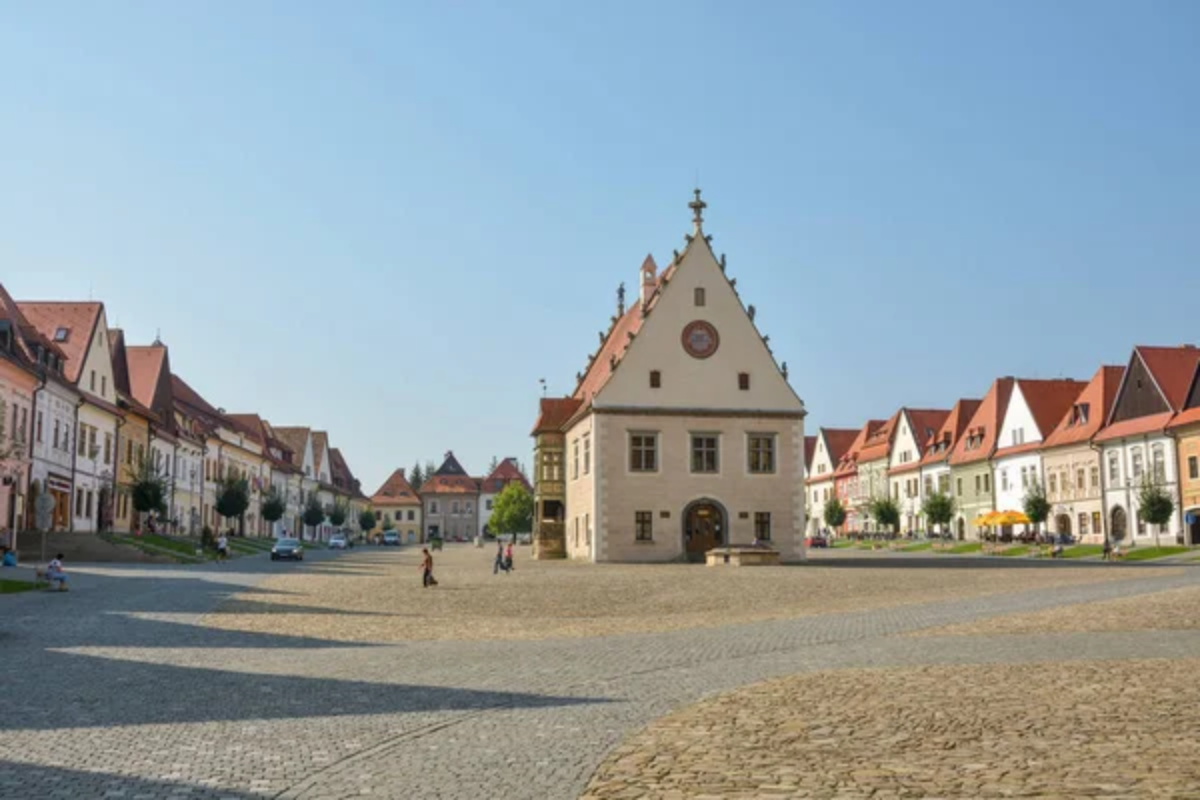
This UNESCO-listed town square looks like a perfect medieval stage set, but it’s completely authentic. The preserved main square still features the Gothic church, surrounded by original burgher houses.
Local merchants continue to use the medieval trading halls for their original purpose. The town’s defensive walls and bastions remain intact, protecting a community with many historical traditions.
Like Travel Pug’s content? Follow us on MSN.
Kuldiga, Kurzeme Latvia
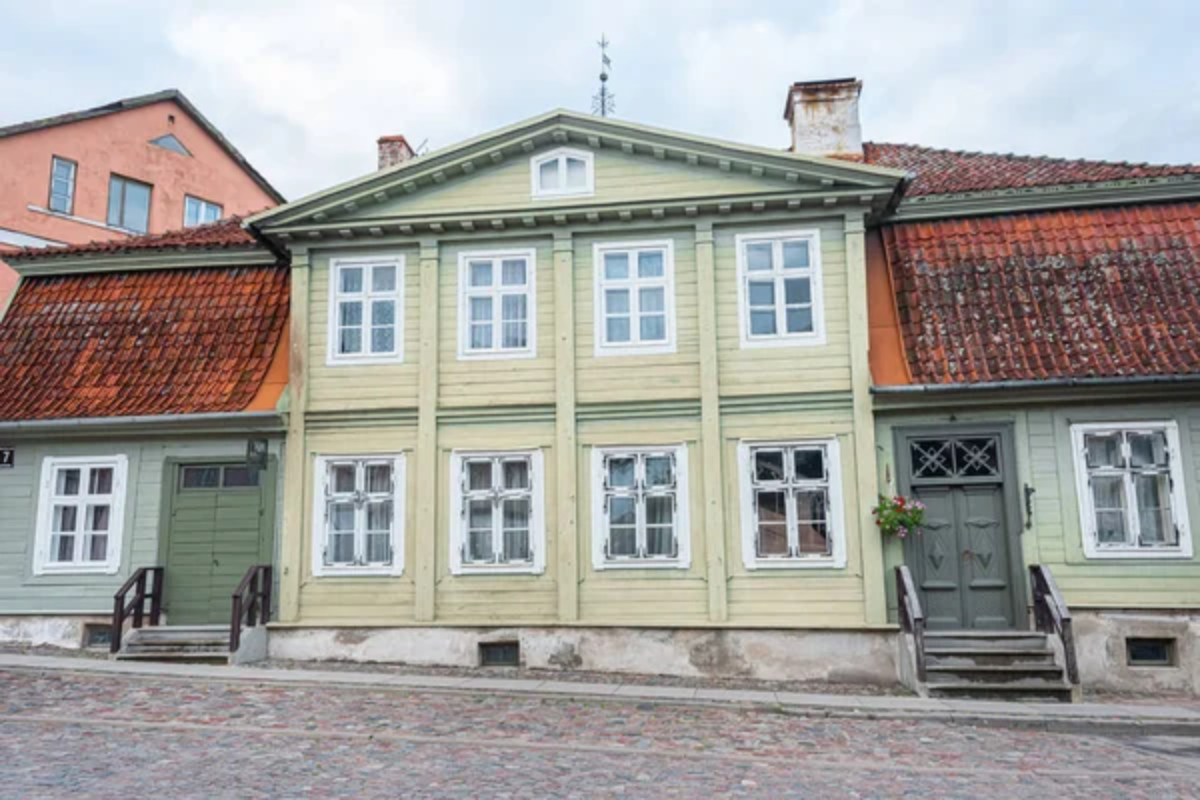
This Hanseatic town preserves Europe’s widest waterfall and a perfectly maintained 19th-century townscape. Wooden houses with traditional decorative elements line streets that haven’t been widened since horse-drawn carriage days.
The old brick bridge spans the Venta River just as it did when it was built in the 1870s. Residents maintain their homes according to historic preservation guidelines, keeping the town’s authentic character alive.
Zalipie, Lesser Poland Poland
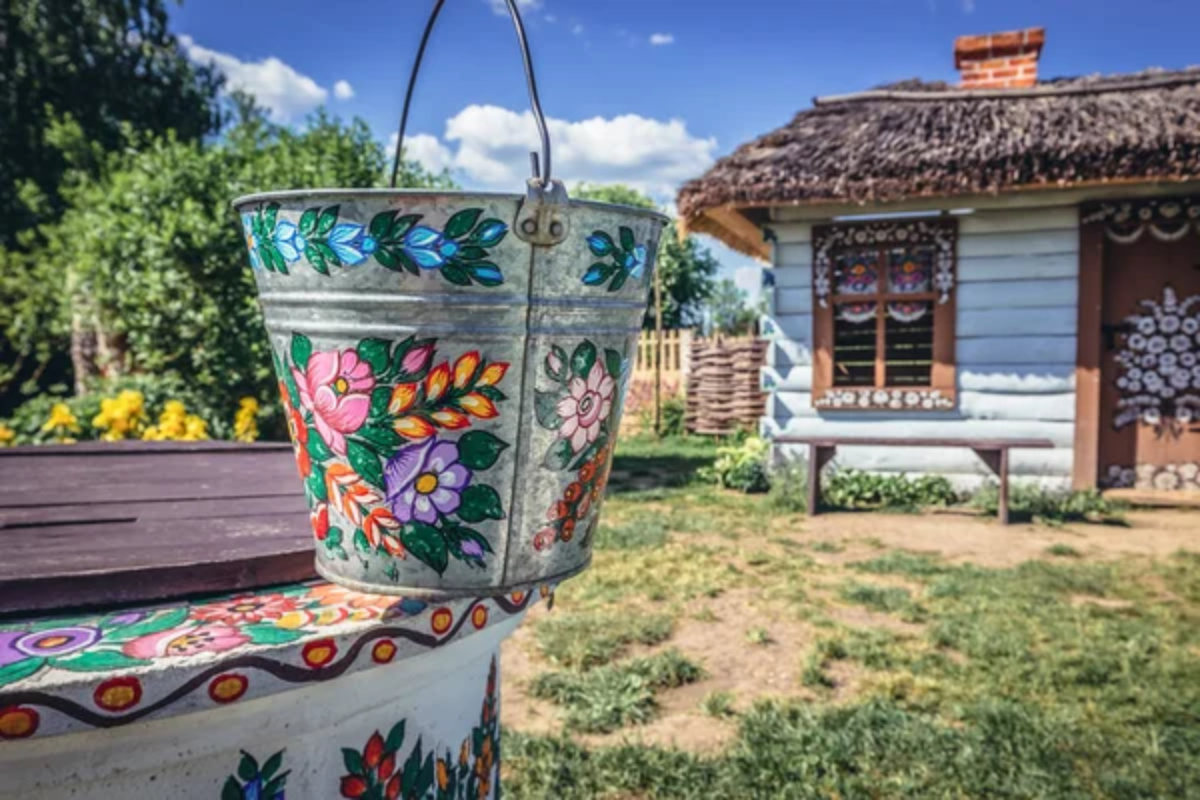
Known as the ‘painted village,’ this unique community maintains its tradition of decorative folk art from the 1800s. Every surface features hand-painted floral designs created using techniques passed down through generations.
Local women still paint their houses, fences, and wells with traditional patterns each spring. The entire village serves as a living museum of Polish folk traditions that have remained unchanged for centuries.
Mestia, Samegrelo-Zemo Svaneti Georgia
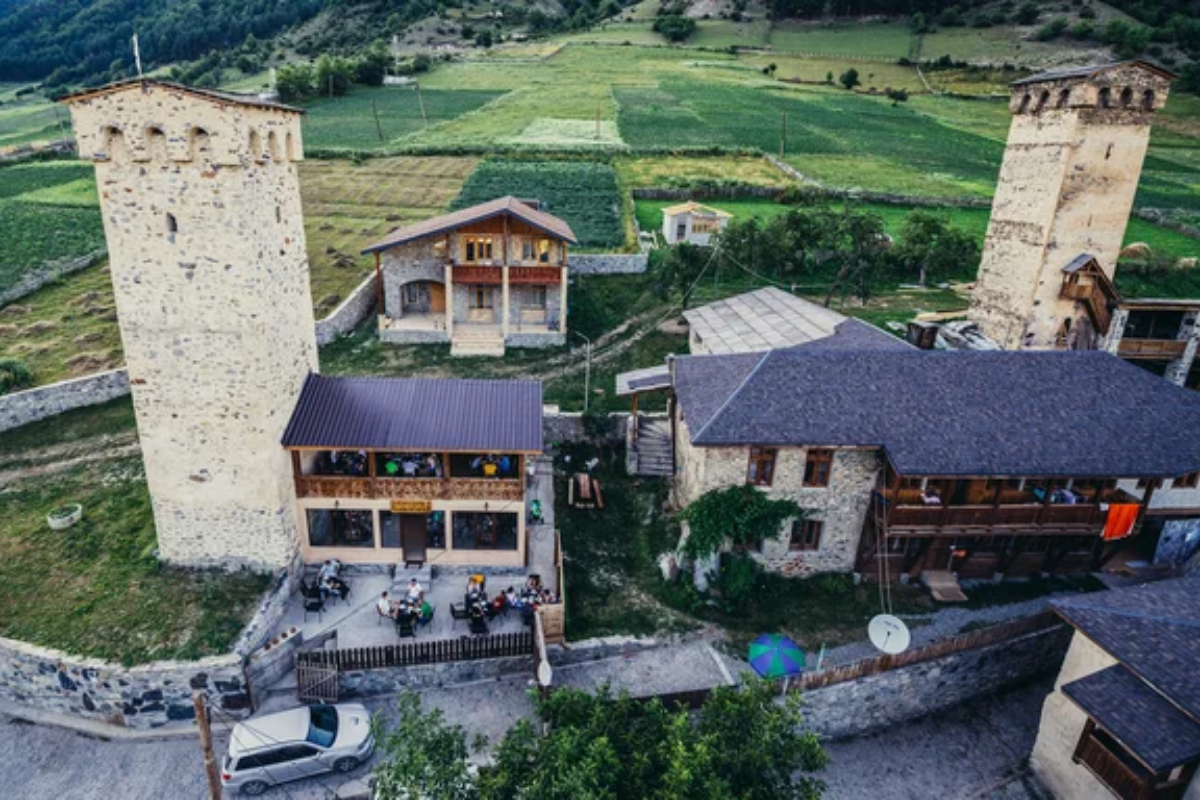
This mountain town in Upper Svaneti looks like it stepped out of a medieval history book. Ancient defensive towers rise above stone houses that have sheltered families for generations.
Local Svan families live according to traditional mountain customs in their ancestral tower houses. The town’s remote location in the Caucasus Mountains has preserved both its architecture and way of life.
Like Travel Pug’s content? Follow us on MSN.
Roznov pod Radhostem, Moravian-Silesian Czech Republic
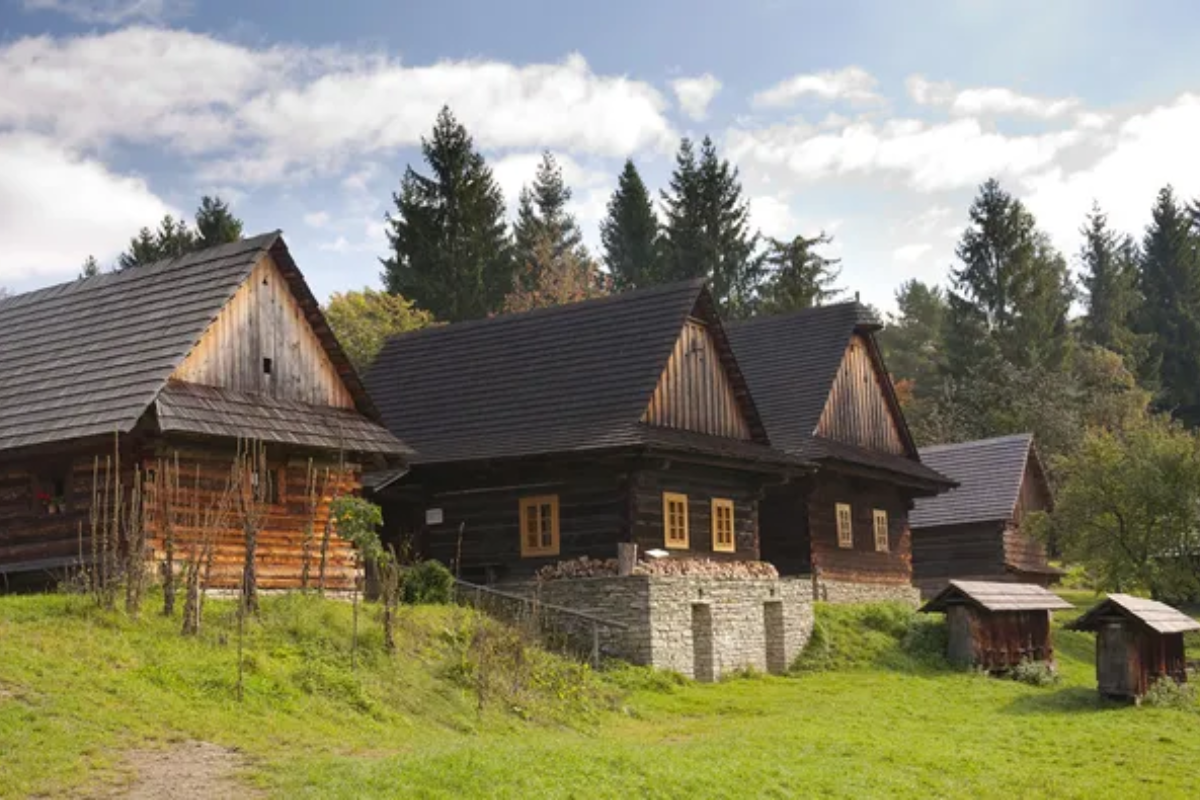
This Wallachian town maintains its traditional wooden architecture and folk customs with remarkable authenticity. The open-air museum shows local life exactly as it was in the 1800s, but the whole town feels like a museum piece.
Traditional wooden churches and houses dot the landscape just as they did centuries ago. Local artisans continue making traditional products using historical methods passed down through families.
Szentendre, Pest Hungary
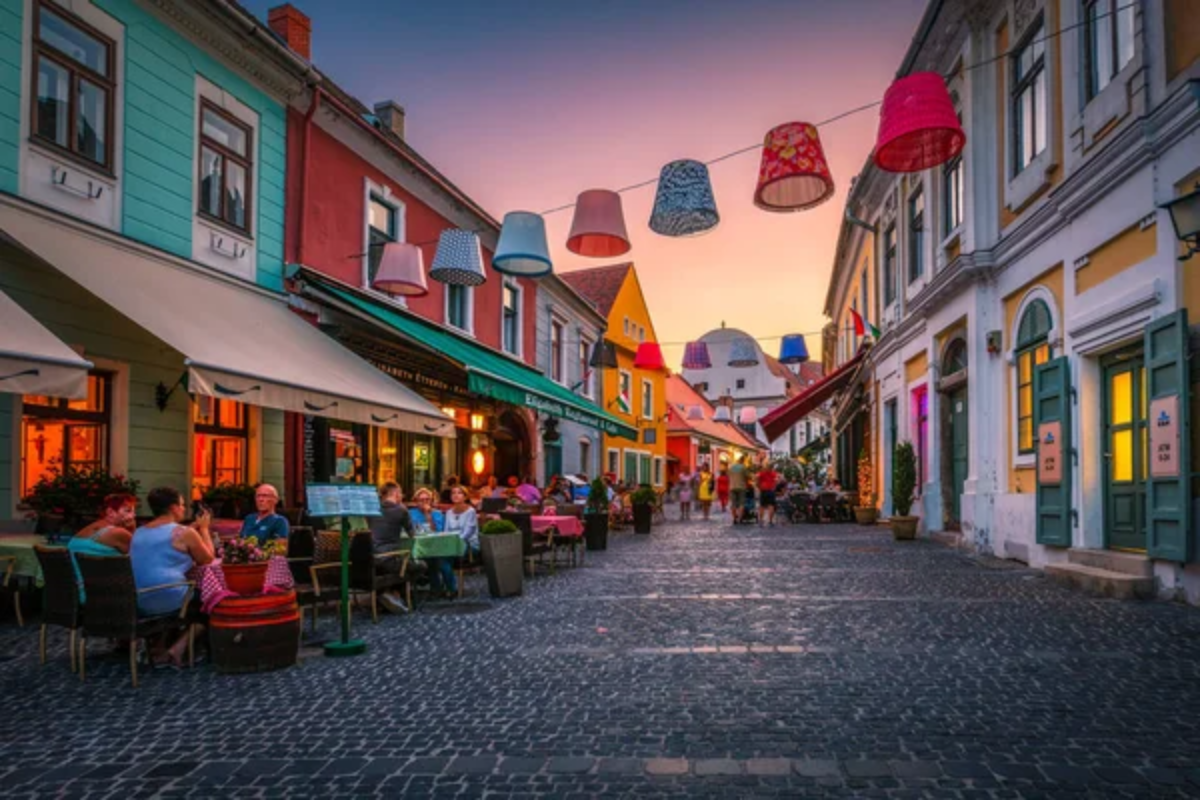
This artists’ town north of Budapest preserves its Serbian and Dalmatian architectural heritage perfectly. Baroque churches and merchant houses crowd narrow streets that follow their medieval layout.
Traditional craft workshops still operate in centuries-old buildings along the Danube. The town’s colorful mix of architectural styles creates a perfectly preserved snapshot of 19th-century Hungarian life.
Drvengrad, Zlatibor Serbia
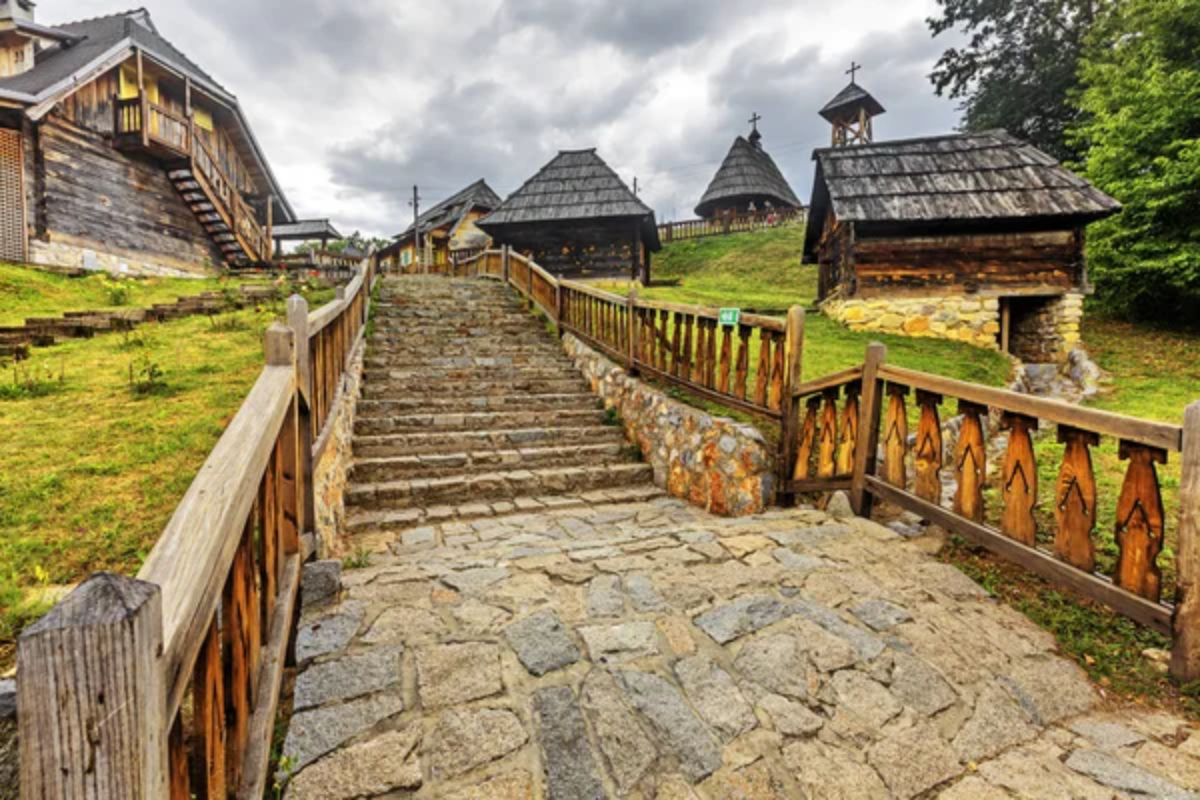
This traditional village, though reconstructed, perfectly captures the essence of 19th-century Serbian mountain life. Wooden buildings with traditional architectural elements create an authentic historical atmosphere.
Local customs and crafts continue just as they would have in a traditional Serbian village of the 1800s. The entire settlement maintains the layout and functionality of a typical mountain community from two centuries ago.
Like Travel Pug’s content? Follow us on MSN.
Viscri, Brasov Romania
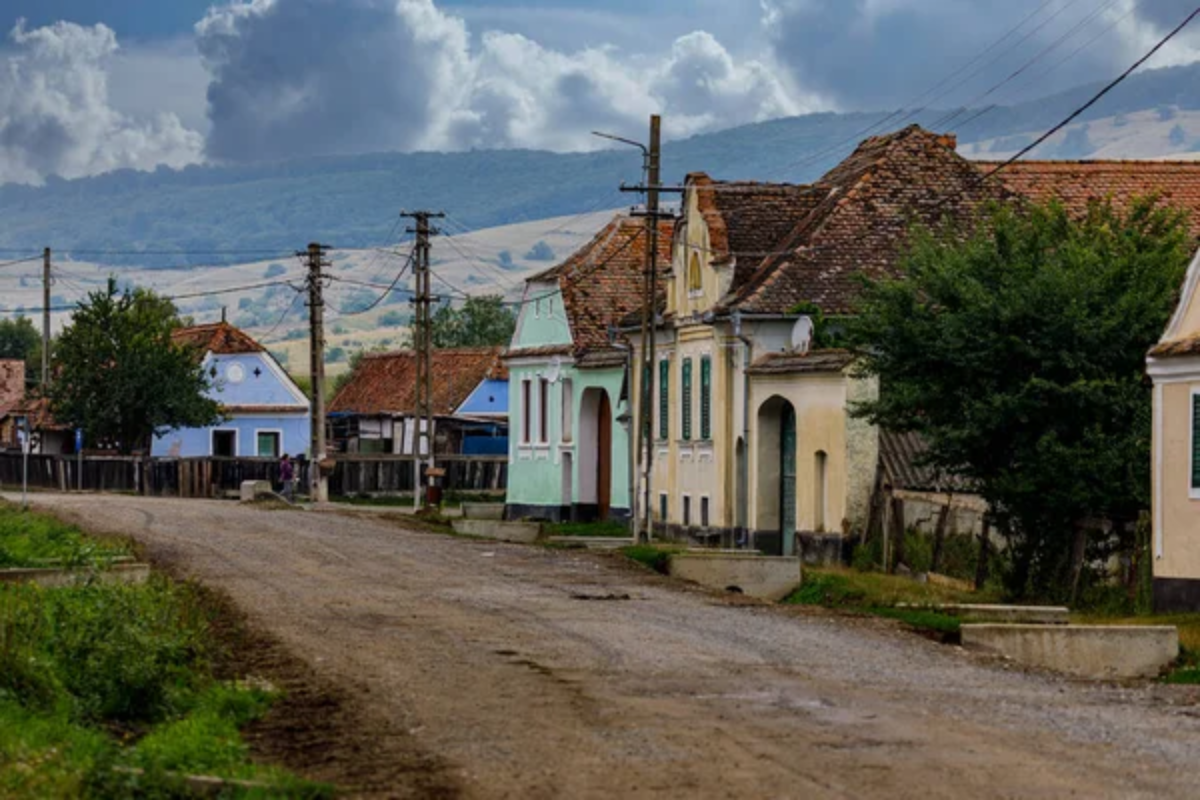
This Saxon village in Transylvania has remained virtually unchanged since the Middle Ages. Traditional farmhouses line the unpaved main street, their gates opening onto courtyards that maintain their historical function.
Local families still practice traditional farming methods and crafts passed down through generations. The fortified church stands guard over the village just as it has since the 12th century.
Zheravna, Sliven Bulgaria
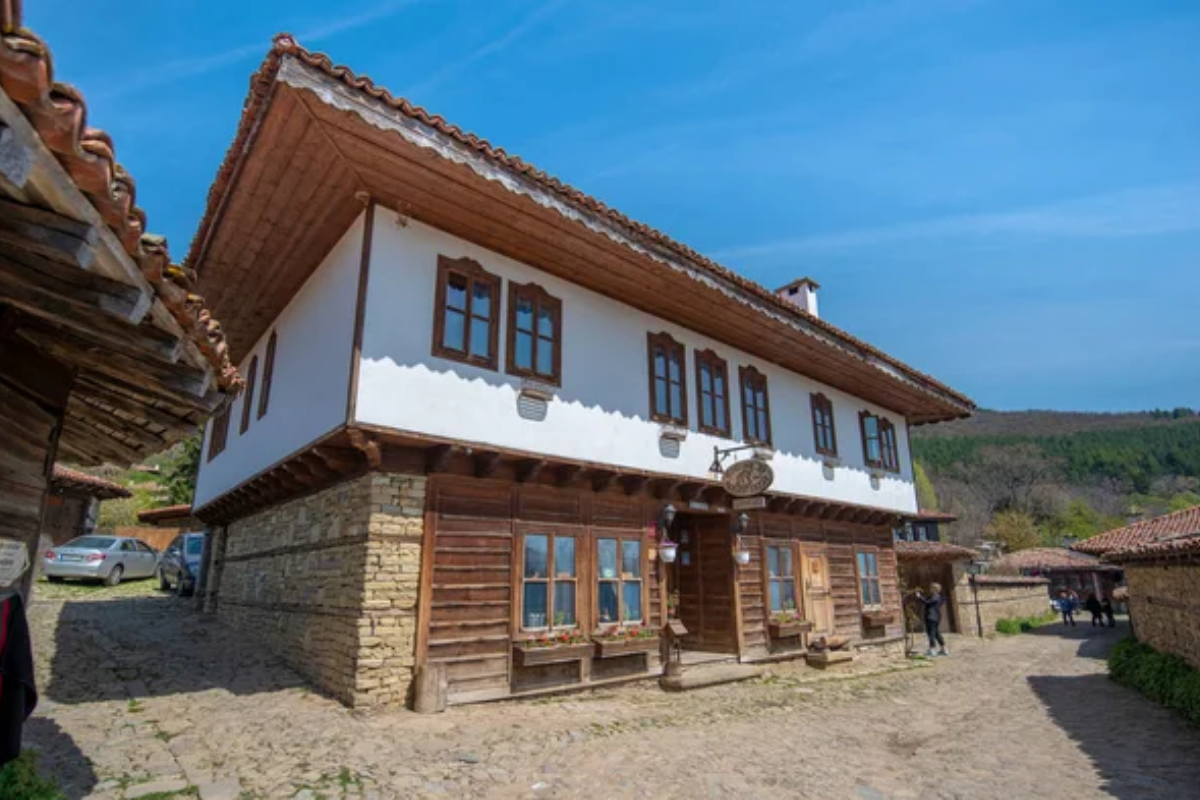
This architectural reserve preserves the Bulgarian Revival style in its purest form. Massive stone and wooden houses line streets that have remained unchanged for centuries.
Traditional craft workshops maintain historical methods of production in original buildings. The village is a perfect example of wealthy Bulgarian merchant life from the National Revival period.
Bojnice, Trencin Slovakia
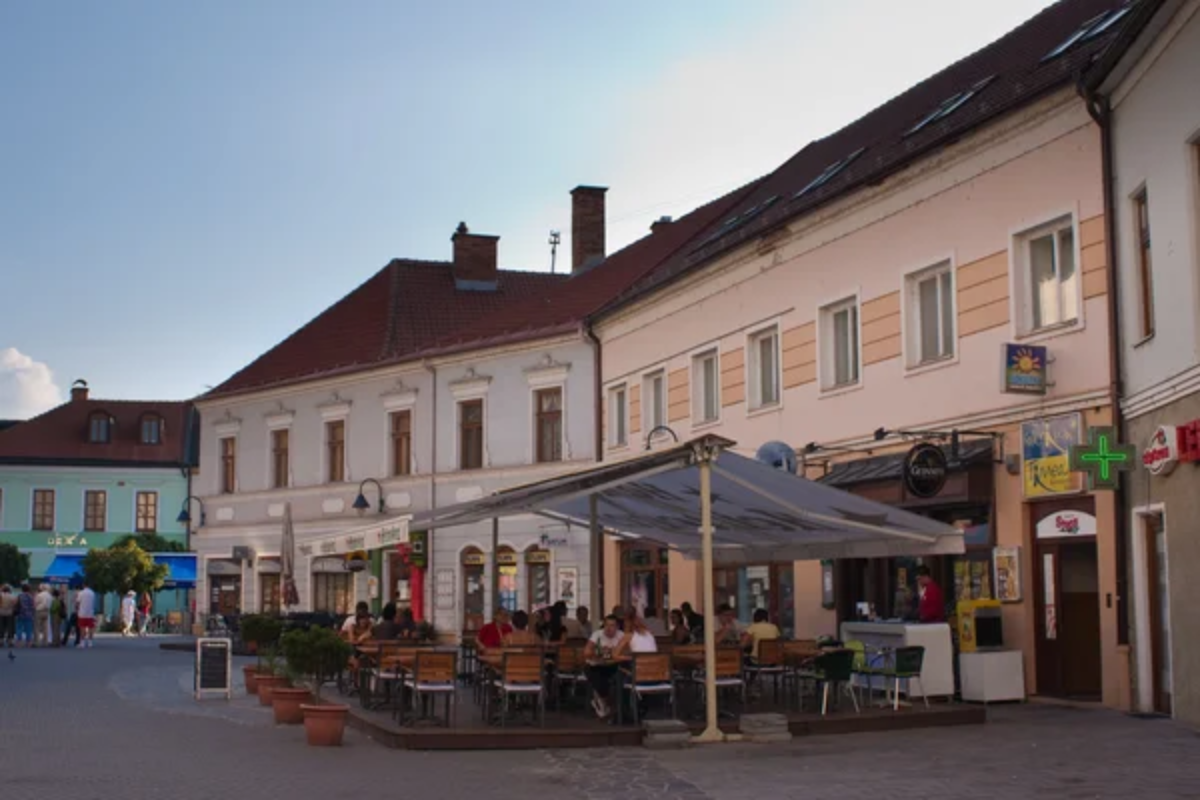
The medieval town beneath its fairy-tale castle maintains an authentic historical atmosphere. Streets wind through neighborhoods that preserve their original medieval layout and architecture.
Local traditions and festivals continue as they did when the castle was a noble residence. The town square still serves as the community’s heart, surrounded by buildings that haven’t changed in centuries.
Like Travel Pug’s content? Follow us on MSN.
Time Stands Still
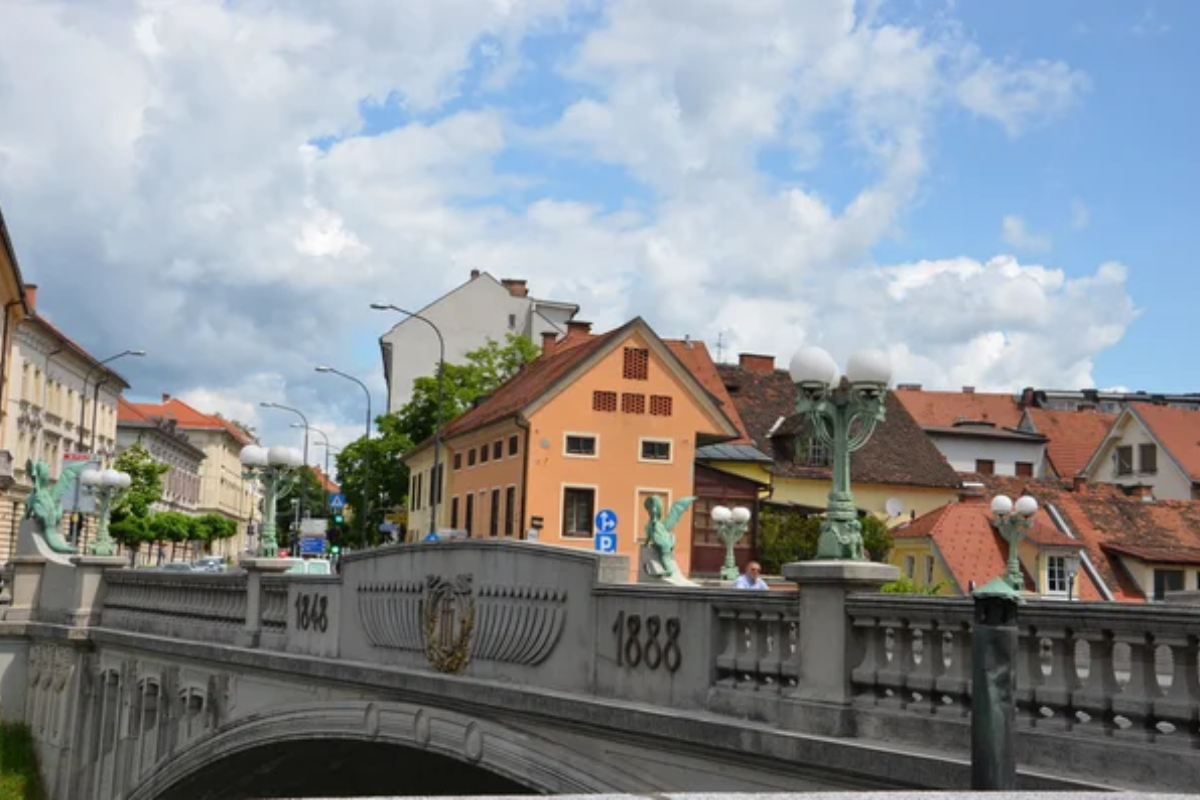
These towns aren’t just preserved for tourists—they’re living communities where past and present blend seamlessly. Their cobblestone streets and ancient buildings tell stories of centuries past while their residents continue traditions that modern life hasn’t managed to erase.
What makes these places truly special isn’t just their architecture or historical significance. They’ve also managed to preserve a way of life that most of the world has forgotten. They remind us that sometimes, the best way to move forward is to hold onto the best parts of our past.
More from Travel Pug

- 20 Towns Built for One Purpose That Were Later Abandoned
- 15 Hidden Spots in Disney World’s Magic Kingdom Most Visitors Miss
- 15 Most Scenic Walks Anywhere in The World
- 15 Canyons in the U.S. That Are Just as Stunning as the Grand Canyon
- 10 Under-the-Radar Mountain Towns That Are Both Affordable and Beautiful
Like Travel Pug’s content? Follow us on MSN.
